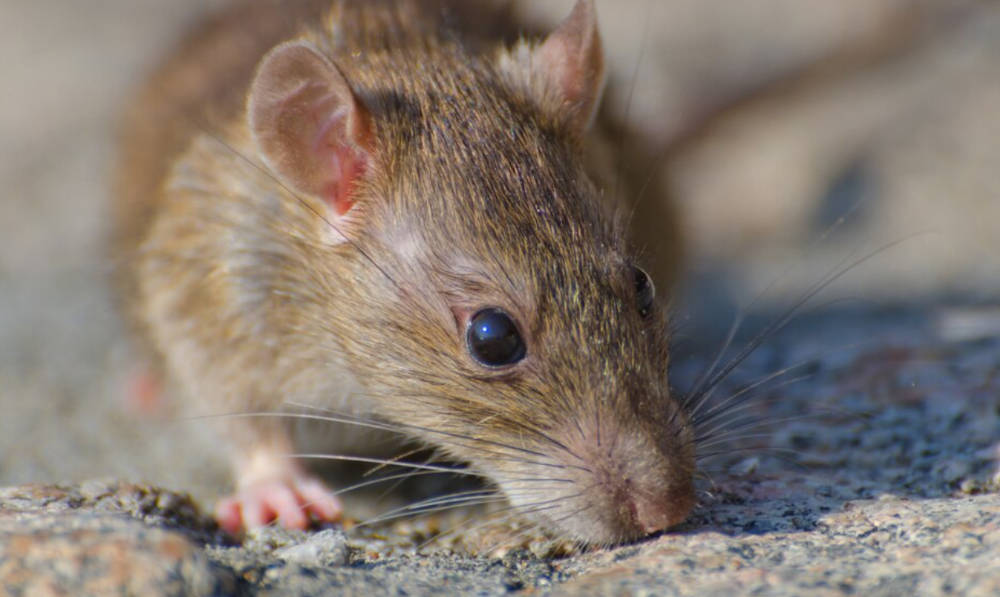KEY TAKEAWAYS:
Watch for Droppings: Keep an eye out for small, dark droppings resembling grains of rice, a clear sign of rat activity.
Listen for Odd Noises: Scratching, scurrying, or squeaking sounds, especially at night, may indicate the presence of rats in your home.
Check for Gnaw Marks: Look for gnaw marks on wood, wires, and food packaging, as rats constantly gnaw to keep their teeth in check.
Be Aware of Unpleasant Odors: Musty smells in confined areas could signify a rat infestation, as rats’ nests emit foul odors.
Act Quickly: If you notice any signs of a rat infestation, take immediate action by contacting a pest control professional to prevent the problem from worsening.
Rats are unwanted visitors in any home.
Theys can cause significant damage to property, spread diseases, and pose a threat to the health and safety of your family.
Unfortunately, rats are also highly skilled at hiding, making it essential to be vigilant for signs of their presence.
Here are the top 10 signs of a rat infestation in your home that you should never ignore:
Droppings
One of the most obvious signs of a rat infestation is the presence of rodent droppings. Rat droppings are typically small, dark pellets resembling grains of rice. You might find them scattered in areas where rats are active, such as along walls, in cupboards, or under sinks.
Gnaw Marks
Rats have a constant need to gnaw on objects to keep their teeth from growing too long. Look for gnaw marks on wooden furniture, baseboards, electrical wires, and even food packaging. Fresh gnaw marks will have a light color and smooth texture.
Strange Noises
Rats are most active at night, so you might hear scratching, scurrying, or squeaking sounds coming from the walls, ceilings, or under the floorboards. Pay attention to any unusual noises, especially during quiet hours.
Nesting Materials
Rats build nests using a variety of materials, including shredded paper, fabric, insulation, and plants. Discovering nests in hidden areas such as attics, basements, or behind appliances is a clear indication of a rat infestation.
Rub Marks
Rats tend to follow the same paths along walls and baseboards, leaving greasy smudge marks behind. These marks, known as rub marks, are caused by the oils and dirt on their fur. Look for dark streaks along walls and surfaces, particularly in areas where rats are likely to travel.
Footprints
Rats often leave footprints and tail drags in dusty or less frequently cleaned areas. To detect footprints, sprinkle a thin layer of flour or baby powder in suspected areas and check for tracks the next day.
Chewed Food Packaging
Rats are notorious for raiding pantries and food storage areas. If you find food packaging that has been chewed or damaged, it’s a strong indicator that rats are present and foraging for food in your home.
Unpleasant Odors
A strong, musty odor in certain areas of your home can indicate the presence of a rat infestation. Rats urinate frequently, and their nests can emit foul-smelling odors. Pay attention to any unusual smells, especially in confined spaces like closets, attics, or crawl spaces.
Visible Rat Sightings
Although rats are nocturnal and prefer to stay hidden, you may occasionally spot them during the day, especially if the infestation is severe. If you see a rat in your home, it’s likely that there are more hiding nearby.
Pet Behavior
Pay attention to your pets’ behavior, as they may detect the presence of rats before you do. Dogs and cats may exhibit heightened interest in certain areas of the house, such as sniffing around baseboards or pawing at walls, indicating that they sense the presence of rodents.
If you notice any of these signs of a rat infestation in your home, it’s crucial to take immediate action to address the problem. Rats can multiply rapidly, so early detection and intervention are key to preventing a full-blown infestation.
Contacting a pest control professional is often the most effective way to eliminate rats from your home and prevent future infestations.

